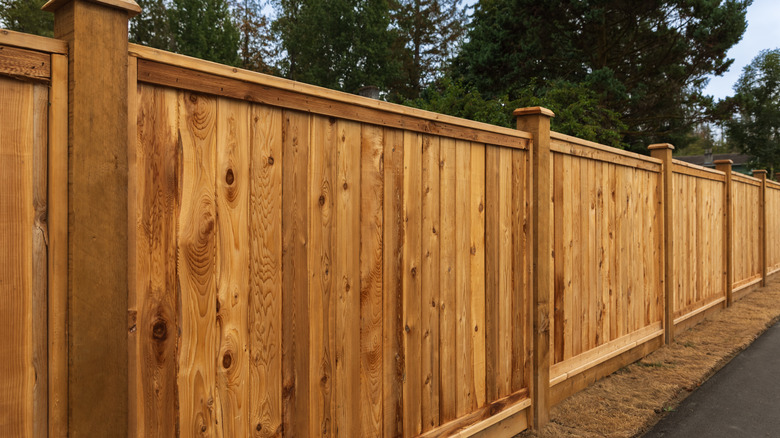The Essential Fence-Building Laws Every Homeowner Should Know
A task like building a fence might sound like a simple weekend project. A few posts here, a bit of wood there, and you've got yourself a cozy enclosure, right? Not quite. Before grabbing that hammer, you need to know the rules. Building a fence isn't just about aesthetics or privacy; it involves a tangle of laws that every homeowner must respect to avoid future headaches. Ignoring these laws could mean dismantling your beautiful fence — or worse, lawsuits from angry neighbors. To save time, money, and stress, ensure you understand property lines, comply with zoning laws, and get the relevant permits.
Guessing where your yard ends and your neighbor's begins isn't the smartest move. Before planting those posts, you must be 100% sure about your property lines. The most foolproof way to figure this out? Hire a professional land surveyor. It might cost a bit upfront, but it's a worthy investment that can save you from costly mistakes and lawsuits later.
If hiring a surveyor isn't within your budget, you can check property maps at your local county assessor's office. These maps provide detailed records of where your land ends and begins. Some towns even require you to show proof of your property lines before issuing a fence permit.
Fences have rules, too
Even if you're the king or queen of your castle, zoning laws are the royal decrees you can't ignore. Municipal zoning laws govern everything from the height of your fence to what materials you can use. These laws vary wildly depending on your state, so don't assume what works in one will work in yours. Generally, backyard fences can go up to 6- or 8-feet high, giving you the privacy you crave. But front yard fences? These are capped at 3- or 4-feet to preserve sight lines and keep things visually open.
Also, different neighborhoods come with different quirks. If you live in an area with a homeowners association (HOA) or a historic district, expect even more rules. These groups might dictate not just the height but also the style, material, and placement of your fence. They want your property to blend seamlessly with the rest of the neighborhood, and ignoring their rules could land you in hot water. Want a neon pink fence? Probably not happening.
It's not just the regulated height; materials and placement also matter. Cities enforce rules about how close your fence can be to a street or sidewalk. This aims to prevent fences from obstructing drivers' views or crowding public pathways. As for materials, don't get too creative — your "edgy" barbed wire fence might not fly in a suburban neighborhood. Stick with approved materials, and when in doubt, ask for guidance from local zoning offices.
Permits, paperwork, and patience in building fences
Depending on where you live, securing the necessary permits can either be a breeze or feel like a mountain of paperwork. Some towns are sticklers for details, demanding full site plans and documentation, while others take a more relaxed approach, requiring permits for larger or complex projects. Either way, skipping this step isn't an option unless you're ready to face fines or even be forced to tear down your fence.
Permit costs can range from as little as $10 to $500, depending on the size and scope of your project. But it's not just about money — you'll also need to gather various documents to approve your application. Most places require a property survey, detailed fence detail plans, and precise measurements. Some may even ask for material specifications or information about your contractor. It might feel like overkill, but these requirements ensure your fence meets safety and zoning standards.
The good news? Many municipalities now offer online permit applications, streamlining the process for homeowners. There is no need to waste a whole afternoon at city hall — you can upload your documents and track the approval process from the comfort of your home.


